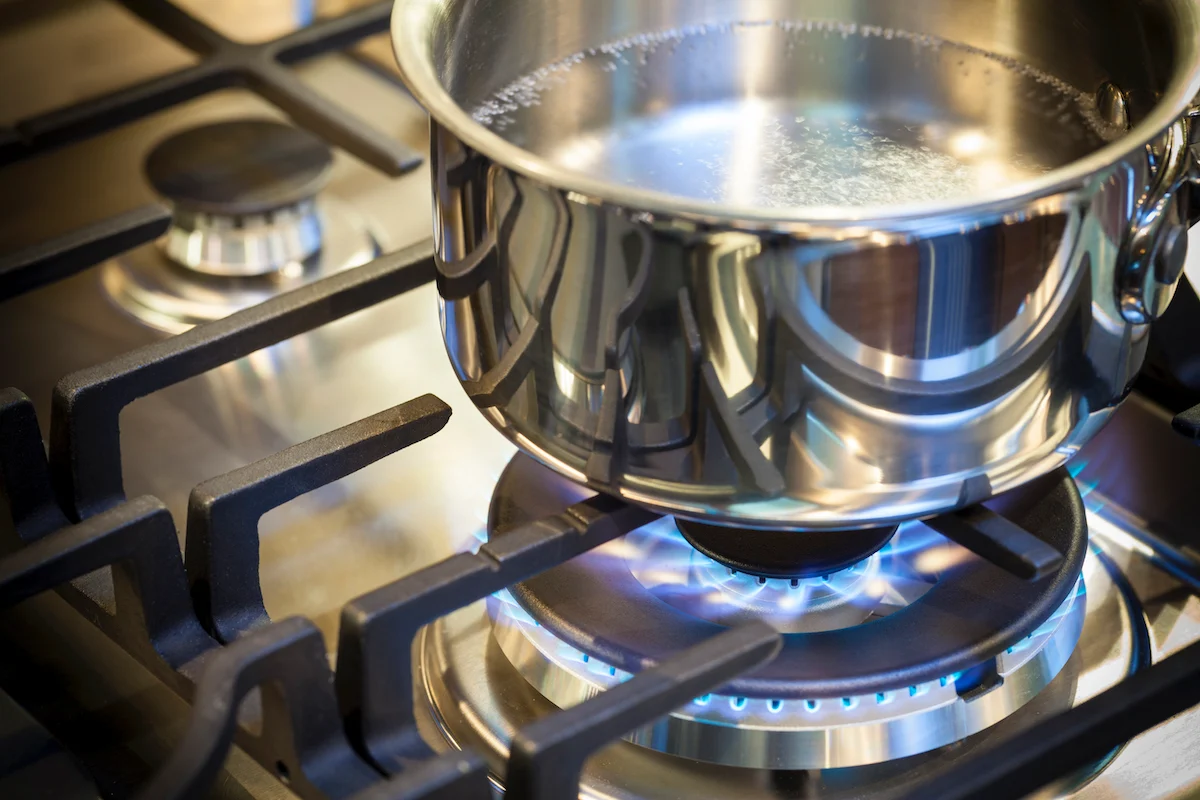
Stainless steel is a versatile material widely used in various applications, including the food industry. When it comes to food preparation and storage, not all stainless steel is created equal. Understanding what constitutes food-grade stainless steel is crucial for ensuring safety, durability, and hygiene in your kitchen or commercial food operation. Here’s what you need to know about food-grade stainless steel:
1. Composition and Properties
What Makes Stainless Steel “Food-Grade”?
Food-grade stainless steel is a specific type of stainless steel that meets all the criteria for safe use in food preparation, processing, and storage. Its composition typically includes a mix of iron, chromium, and sometimes nickel and other elements, which give it unique properties such as:
- Corrosion Resistance: Chromium in the alloy reacts with oxygen to form a protective layer that prevents rust.
- Non-Reactivity: It does not interact with food products, preventing unwanted chemical reactions.
- Durability: It withstands wear and tear, high temperatures, and frequent cleaning.
2. Popular Grades of Food-Grade Stainless Steel
Commonly Used Grades
Not all stainless steel grades are suitable for food-related applications. The most commonly used food-grade stainless steel grades are:
- Grade 304: This is the most widely used stainless steel grade. It contains 18% chromium and 8% nickel, making it resistant to oxidation and corrosion. It’s ideal for kitchen appliances, pots, pans, and utensils.
- Grade 316: Known as surgical stainless steel, it contains 16% chromium, 10% nickel, and 2% molybdenum. The addition of molybdenum enhances its resistance to corrosion, making it suitable for environments exposed to salt or chemicals. It’s often used in cutlery and high-end kitchen equipment.
3. Benefits of Food-Grade Stainless Steel
Why Choose Food-Grade Stainless Steel?
There are several compelling reasons why food-grade stainless steel is the go-to choice for kitchens:
- Hygiene: Its non-porous surface prevents bacterial growth, making it easy to clean and sanitize.
- Durability: High resistance to impact and abrasion ensures long-lasting use.
- Safety: It does not leach chemicals into food, maintaining the purity of your ingredients.
- Temperature Resistance: Withstands both high and low temperatures without degrading.
4. Maintenance and Care
Keeping Food-Grade Stainless Steel in Top Condition
Proper maintenance is essential to retain the benefits of food-grade stainless steel. Here are some tips:
- Regular Cleaning: Use mild detergents and avoid abrasive materials to prevent scratches.
- Avoid Chlorides: Substances like bleach can cause pitting or corrosion over time.
- Rinse Thoroughly: Ensure all cleaning agents are rinsed off to prevent chemical reactions.
5. Comparing Stainless Steel to Other Materials
Stainless Steel vs. Aluminum
While aluminum is another popular material in kitchens, it has its drawbacks compared to stainless steel:
- Strength: Aluminum has a lower tensile strength, making it less durable.
- Reactivity: Aluminum can react with acidic foods, altering the taste and safety of your dishes.
- Heat Resistance: Aluminum heats up quickly but also loses heat rapidly, which isn’t always desirable for cooking.
Conclusion
Food-grade stainless steel stands out as the top choice for kitchen appliances and utensils due to its unmatched properties of durability, resistance to corrosion, and ease of maintenance. Whether you’re equipping a home kitchen or a commercial food operation, understanding the benefits and proper care of food-grade stainless steel will help you make informed decisions that ensure safety and longevity in your culinary endeavors.






